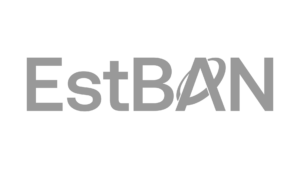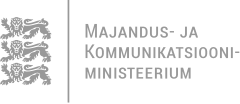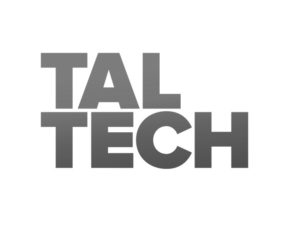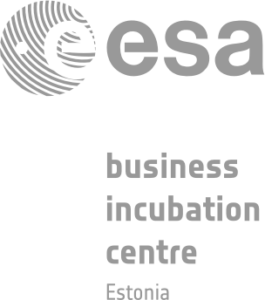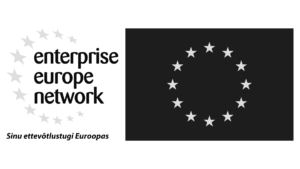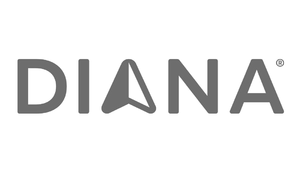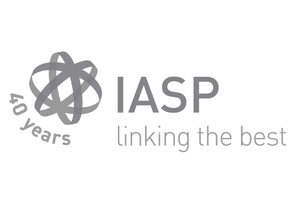22.05.2017
GlaxoSmithKline: a pharmaceutical company that promotes healthcare innovations
With the support of GlaxoSmithKline Estonia (GSK Estonia), a competition was held to improve HIV management through innovative digital solutions. The project has successfully reached its final stages and will hopefully help launch digital solutions that can be used in Estonia as well as elsewhere.
Toomas Pruunsild, External Affairs Director of GSK Estonia, points out that the pharmaceutical industry is among the most innovative industries and in order to be successful, pharmaceutical companies need to keep up with the digital world. “For us, it is only natural to look for digital solutions in drug development, including conducting clinical trials, as well as marketing, pharmacovigilance and other areas. In the global pharmaceutical industry, this process works on several levels: companies actively explore and look for innovative solutions, and make decisions as to which solutions merit further development in their specific context. A large corporation typically consists of a number of sub-units: for example, GSK Estonia is operating under the Nordic Cluster as Baltic organisation with a multichannel team specialising in digital marketing and launching several marketing channels. At the country level, we cooperate with our technological partners regarding certain therapy options, for example, to develop digital solutions for patients,” he explains.
Despite the small size of the country, GSK Estonia has successfully come up with an innovation project that has attracted interest even within the corporation: “You can pick up great ideas with global potential from small countries as well,” Pruunsild admits.
HIVdigital – a successful example of the Positive Partnership programme
The HIVdigital project, launched in the summer of 2016 and funded by ViiV Healthcare, a GSK group company, in the amount of some 200,000 Euros, aptly demonstrates that with the successful involvement and systematic effort of all parties it is possible to transform an idea into a fully functional digital solution relatively quickly – in this case, it was done in the area of healthcare. For GSK Estonia, this is the first partnership experience of its kind, and highly successful.
Discussing the project in greater detail, Mr. Pruunsild says that good timing was one of the keys to the success: “Some time ago, we decided to join the Connected Health cluster because it is an excellent platform for being in close proximity to the formation and development of new ideas. It happened to be that at the same time ViiV Healthcare announced a global call for projects under the Positive Partnership programme to deliver new solutions for HIV management.
Our joint project with the Connected Health cluster proved to be a successful one – it came first at the global call for proposals, which means we received top support by ViiV’s central innovation unit to co-develop vital digital solutions, working together with tech specialists, doctors and others involved in the sphere of HIV,” Pruunsild explains.
“As I see it, everything that has been achieved as a result of the joint effort of project parties, from situation mapping to developing solutions is a glaring example of positive partnership which was globally expected from this kind of project. The highly active approach of participants in the HIVdigital project and the media attention received also brought more focus to the topic of HIV, on the decision-making as well as on the political level.
Our launch of new, better digital solutions in HIV care has generated more interest within the corporation with HIVdigital’s competition. For example, in Latvia, Lithuania and in the Nordic countries in general we can also spread information about potential digital solutions through our networks. Such success would have been impossible without the contribution and support of the Connected Health cluster – the entire concept was based on synergy,” he adds.
The Estonian HIVdigital competition consisted of three phases, the last of which continues until June 2017. The first stage was for generating and validating ideas as well as developing them for concepts. In the second phase, the best ideas were turned into prototypes and in the third one the solutions are being tested and prepared for broader application. “The project is currently in its final stage, which means that two winning prototypes are in the product development phase and those solutions will be presented at the competition’s closing event in June 2017. Hopefully we will launch two digital solutions that are fully functional in real-life conditions,” says Pruunsild.
One of the two winners at the HIVdigital competition is Diagnostic Match, a digital decision-making support tool that generates algorithms for general practitioners. The solution is a tool that helps identify undiagnosed HIV positive patients with indicator-disease guided HIV testing.
The second winner, hINF, is a secure mobile application for making communication between HIV positive patients and their treating physicians easier. hINF allows patient to review his/her health status and treatment outcomes, chat with their treating physician, make a (digital) appointment and find a support person. After all, virtual appointments can help doctors save valuable time.
Possibilities to scale up
Positive experience gained from the HIVdigital project has encouraged GSK Estonia to implement similar model also in other fields. The company is caring about major healthcare issues that present a serious challenge in Estonia. Currently, GSK Estonia has turned its attention to respiratory diseases – although there are already many applications and solutions available, there is still a chance to come up with something new and relevant. “We are discussing possible solutions and cooperation platforms.
For example, chronic obstructive pulmonary disease (COPD) is seriously under diagnosed in Estonia compared to other Northern-European countries. Many patients are not aware of their disease or that help is available. I am sure there is still plenty of room for improvement here and technological solutions will help to contribute on that,” Pruunsild concludes.


